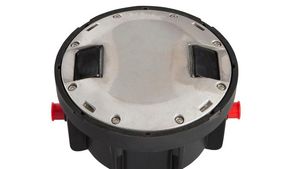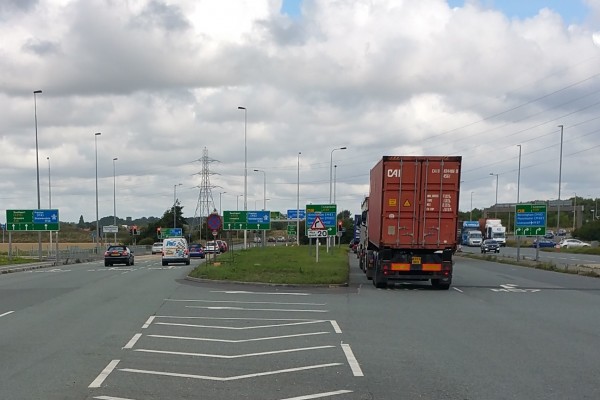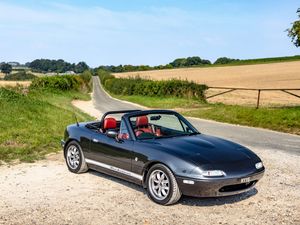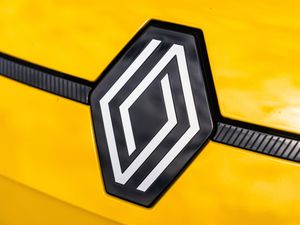New ‘intelligent’ cat’s eyes will improve safety at one of England’s busiest motorway junctions
Illuminating road studs that connect to traffic signals to guide motorists are to be installed as part of a £3 million project in Merseyside

Road safety at one of England’s busiest motorway junctions is to be improved with new ‘intelligent’ cat’s eyes that light up in response to traffic lights.
Highways England is introducing the LED road studs as part of a £3 million project at Switch Island in Liverpool, Merseyside, where the M57, M58 and three A roads meet.
Around 170 of the cat’s eyes will be installed at the junction, which is used by more than 90,000 vehicles every day.
The government-owned company has already installed them in the Hindhead Tunnel in Surrey, but this latest scheme will be the first time they have been linked to traffic lights at a motorway junction.
The studs will replace the traditional cat’s eyes, which were invented by Percy Shaw in 1933 after he noticed his headlights reflecting in the eyes of a cat while he was driving in West Yorkshire.
The new road studs illuminate when traffic lights turn green, so motorists can clearly see which lane they should follow. Cables under the road connect the studs to traffic lights through a nearby automatic controller unit.
The cat’s eyes are also visible up to 1,000 metres away – much further than the standard reflective studs.
Project manager Phil Tyrrell said: “We’re always looking for new ways to further improve journeys and safety for drivers, and I hope the new intelligent cat’s eyes will help better guide drivers around Switch Island.
“The innovative light-up road studs along with the other improvements we’re introducing will make it much easier to navigate the junction, benefiting the tens of thousands of drivers who travel through it every day.”

Construction work on the Switch Island scheme, which is being funded by the government’s £220 million congestion relief programme, is due to start on February 5 and is expected to take around a year to complete.
It is designed to improve the flow of traffic and enhance safety at the junction, where there have been 49 collisions in the past two years.
New traffic lights will be installed at a height of more than five metres so that approaching drivers can clearly see when the lights are changing.
Other improvements will include changes to the road layout and lane markings, new barriers between carriageways, coloured high-friction surfaces and better signs.





